The Internet is full of news, articles, and blogs about how Web 3.0 is surprising us big time. With the advent of NFTs and Metaverse, the term Web 3.0 is also gaining prominence. But the question here is – have you heard of Web 3.0, or are you aware of Web 3? If not, don’t worry; we are all learning here. We will tell you all about Web 3.0 and how it will change the Internet, as everyone keeps mentioning nowadays.
Let’s begin with a little history first. So it was created back in 2014 by Gavin Wood. Web 3.0 is referred to as a semantic web by Tim Berners Lee as it has the potential to transform internet experiences by directly engaging with users, devices, and systems in smart homes, vehicles, and workplaces.
Before moving further, have a quick look at a few insights about Web 3.0 below:
- Artificial intelligence, the Internet of Things, and blockchain are the three major foundations of Web 3.0.
- Web 3.0 provides a better and more relevant internet experience to the users by interpreting their digital footprints.
- It reverses the currency mechanism and makes users the sole owners of their data, and also gives them due compensation in lieu of their internet data.
- The users can control the number of ads they want to see, and they are even compensated if they opt not to see the ads at all.
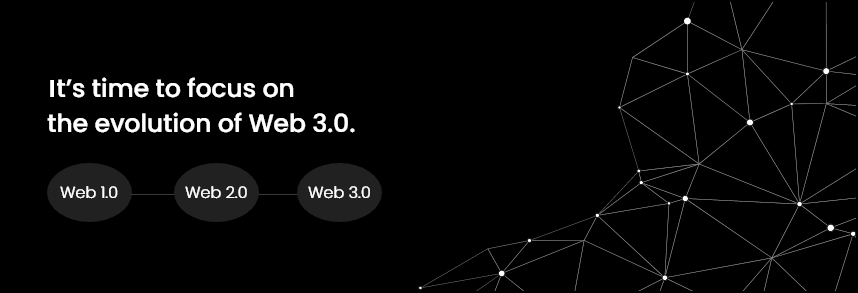
Now, it’s time to focus on the evolution of Web 3.0.
As the term suggests, Web 3.0 is the upgraded version of Web. Undoubtedly, the evolution from Web 1.0 to Web 3.0 has been praise-worthy so far. So, let’s have a look at the journey of the Web from Web 1.0 to Web 3.0.
Web 1.0 (1989-2005)
The first version of the Web lasted from 1898 to 2005. Web 1.0 was called the static Web, and it was the most reliable Internet in the 1990s. It offered access to only limited information with no user interaction, but its popularity was rock-solid back then.
Web 1.0 was best suited to use as a personal website. It was like a one-way highway with a narrow footpath where there were only a few resources for content creation, and information came from the directories.
Web 2.0 (2005-present)
Also known as the social Web, Web 2.0 made the Internet a lot more attractive with advancements in technologies like JavaScript, HTML5, CSS3, etc. Additionally, this version of the Web refers to websites worldwide with attractive features like user-generated content production and ease of use.
Moreover, 2.0 enabled interaction and collaboration in social media chat to create user-generated content in the community.
Web 3.0
This version of Web first appeared in 2006 in an article by Jeffrey Zeldman, who is a critic of Web 2.0. Web 3.0 brought along many changes and improvements in the Web and, thus, came to be known as the semantic Web.
Semantic Web came up with a motive to make world information more interactive and meaningful and aimed at accessing content through multiple non-browser applications.
What are the major points of difference between Web 1.0, Web 2.0 and Web 3.0? It’s time for a quick comparison.
| The First: Web 1.0 | Web 2.0 | The Latest: Web 3.0 |
| Typically read-only | Strongly read-write | Read-write and interact |
| Owns content | Shares content | Consolidates content |
| Apt for home pages | Suitable for blogs and wikipedias | Apt for live streams |
| Visual/interactive web | Programmable web | Linked data web |
| Page views | Cost per click | User engagement |
| Suitable for web forms | Apt for web apps | Suitable for smart apps |
| Focuses on community | Company-Centered | Focuses on the individual |

We will talk about the features of Web 3.0 next.
Web 3.0 has the best features among all the three Web versions till now. Its features have changed the way the Internet works in the past few years. Next, we will have a look at these features and discuss them in brief.
Decentralisation
Data decentralisation is the most talked about feature of Web 3.0. For those who don’t know, earlier computers used HTTPS to search for information. This information would then be stored at a single location on a single server.
However, Web 3.0 started using the process where the information searched by the user is available anywhere on the net. Thus, the introduction of Web 3.0 enabled distributing and storing of data at multiple locations without any hurdles.
Semantic Web
An extension of the world-wide-web, the semantic Web makes it possible for computers to comprehend data by extracting relevant information via data descriptors. Semantic web technology helps computers to analyze several types of content and deduce similarities between them.
Web 3.0 is praised for being a semantic Web because it provides web users a similar experience like humans conversing with each other.
Artificial intelligence
And, of course, how could we forget artificial intelligence? With Web 3.0 and the semantic Web, it is now possible to understand and interact with the data just like humans. On top of that, with the entrance of machine learning in Web 3.0, everyone will witness the most accurate web results.
The solid combo of artificial intelligence and Web 3.0 will help many industries in generating research data quickly and produce better and positive results with every query.
3D graphics
Web 3.0 has literally blurred the lines between the physical and digital by revolutionizing graphics technology. Moreover, it also brings into focus the three-dimensional (3D) virtual world.
3D graphics have taken the industry by storm as they bring a whole new level of immersion not only in futuristic gaming but to a myriad of other sectors such as real estate, health, eCommerce, and countless more.
Connectivity
With Web 3.0, aka semantic Web, the data connectivity is at par. It is a system in which data links everything. By data, we don’t mean any data, but data that machines can understand. The earlier web versions couldn’t display this data, but it is available now to employees and users, all thanks to Web 3.0.
Data connectivity results in better usability and a high level of connectivity. It also allows the user experience to evolve automatically and take advantage of the additional data.

Let’s dwell on the benefits of Web 3.0 now.
We will now take you through the major benefits of Web 3.0. Stay with us as we discuss them below.
Data ownership
With Web 3.0, end-users take full ownership of their data with the help of blockchain technology. In Web 3.0, the data sent over to the network is encrypted and, thus, protected. in addition to that, users can also choose the information they want to share with businesses and advertising companies.
Data protection
Web 3.0 has in-store several data protection tools. These tools promote non-centralized operating systems that keep control over the users’ data. In the coming years, there will be a tremendous shift in decentralization and privacy with Web 3.0. Moreover, the data breach incidents will be fewer with Web 3.0 as well.
Easy access to information
Identified by many as one of the best benefits of Web 3.0 is its ability to access data from anywhere due to the widespread use of mobile phones and cloud applications. There’s no stopping this technology as it is going to expand by allowing the devices to collect user data and smartphones to access the data on computers.
Seamless service
With Web 3.0, accounts suspension and rejection of distributed services are reduced to a great extent. It has no single predetermined breaking point, and therefore, the certainties are minimal. Additionally, data is saved on distributed nodes for redundancy, and the availability of multiple backups prevents the server hijacking or failure.

Which are the top use cases of Web 3.0?
With Web 3.0, the interaction between people and machines is revolutionised like never before. We will now discuss some of the top use cases of Web 3.0 that is setting a benchmark for next-generation users.
Get ready to have a look at the most successful apps utilizing this version of Web in the best possible way.
Siri
Hey Siri! Almost everyone, including non-iPhone users, knows about Apple’s voice recognition system Siri. But, do you know Siri is the perfect example of Web 3.0 where a mobile user communicates with the machine based on the user’s query and questions. Above all, Siri follows the commands of the users to perfection and responds within seconds.
Sapien
This is a decentralised social network tool released on a blockchain-based platform. Sapien allows the users to build Ethereum-based Blockchain applications with no payment requirements or ads. Moreover, this app offers services and technologies that can help the users to communicate, share, and create multiple communities using its many tools.
Brave
Brave is one of the most secure browsers to date. It provides all kinds of invasive ad blockage, cookies blockage, cross-site tracker blockage, and malware and phishing protection. Brave leverages blockchain technology and delivers the best privacy to the users. On top of everything, brave is faster than many of its counterparts, such as Google or any other mainstream browser.
Akasha
Akasha is a social networking site where users can build communities, create user profiles, share content and generate revenue. It is an open platform that enables the communities to connect with each other easily and share their thoughts, experience, and information. Consequently, the best part about Akasha is that it blocks all the promotional activities, unlike Facebook and Instagram. Thus, it lets the user maintain their privacy and use the app in peace.
StorJ
StorJ is a decentralized cloud storage program that enables users to store their files on a network. Moreover, it allows the users on a network to sell the storage space to other users and generate revenue. Best of all, it has the feature of setting an expiration date for the stored data. This stored data gets destroyed after the set expiry date.
Everledger
Everledge is a well-known tracking company that uses blockchain technology to keep track of diamonds, gold, wine, etc. This app keeps track of all the details of the tracking item and provides information about where and how the item was used. Moreover, Everledger is also coming up with an RFID chip patent that the customers can use to search for their lost items.
Final words
Web 3.0 is all over the Internet, and so are the apps made on this technology. Looking at its potential and growth in the past few years, many entrepreneurs and businesses have shown interest in developing a solid app using Web 3.0. If you, too, are one of them, hiring developers with exceptional Web 3.0 knowledge and skills is icing on the cake. Start your search today, talk with potential developers, discuss your project and begin the app development with a bang.
If you are beginning your search for software developers soon, why not meet our developers? With in-depth knowledge of Web 3.0 and technical expertise in blockchain app development, our developers will offer the best possible solutions for app development using Web 3.0. Let’s connect and discuss this further.
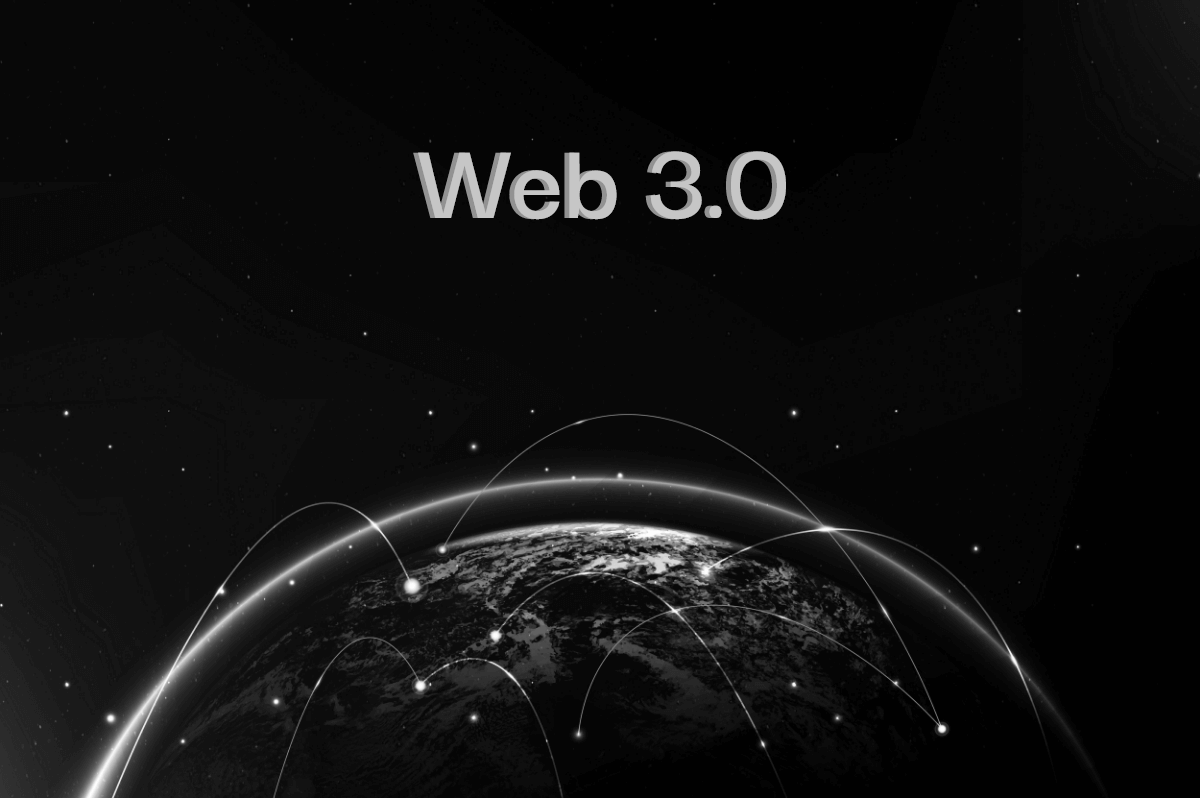
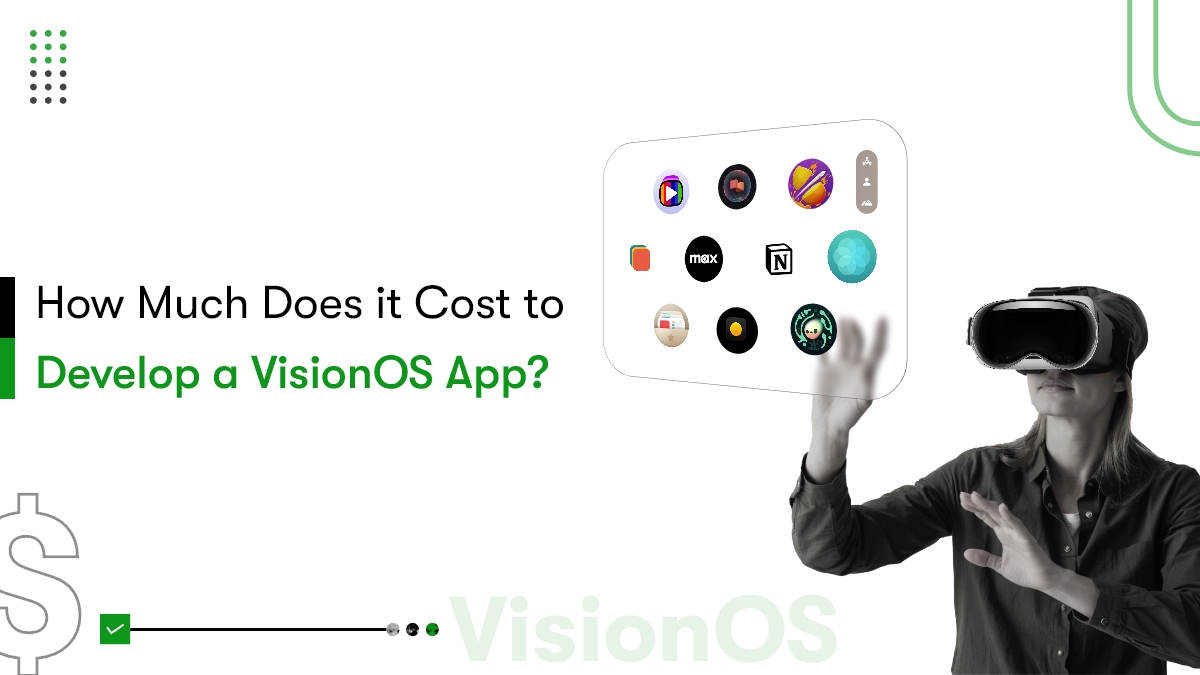
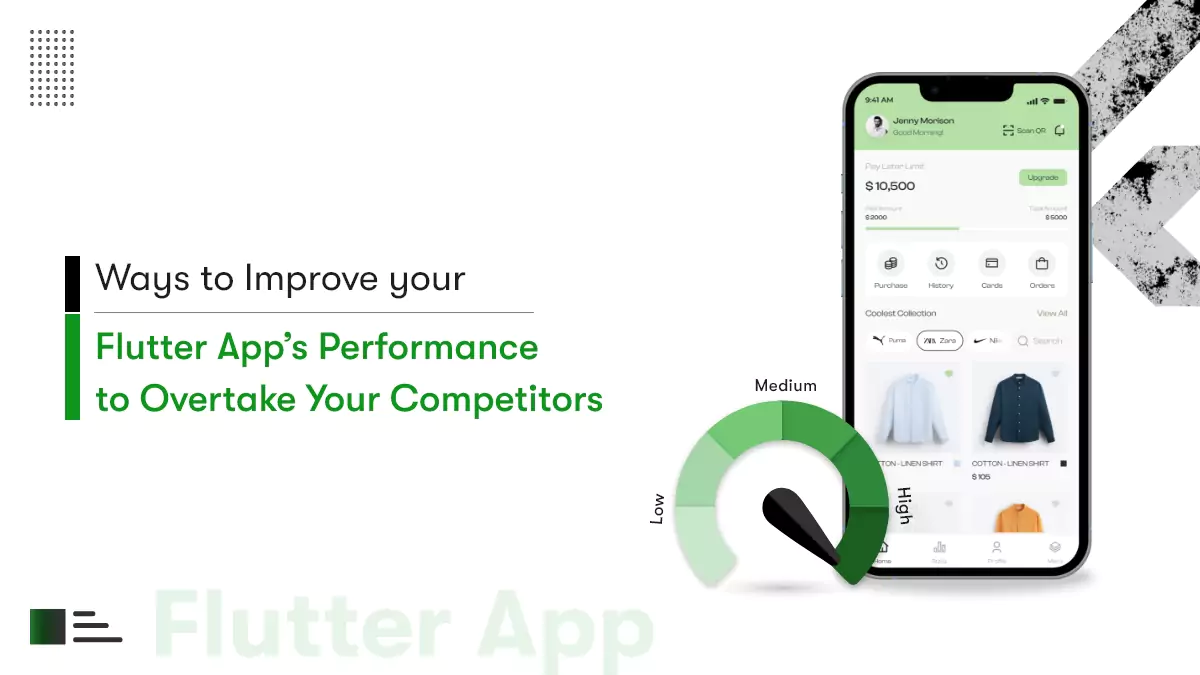
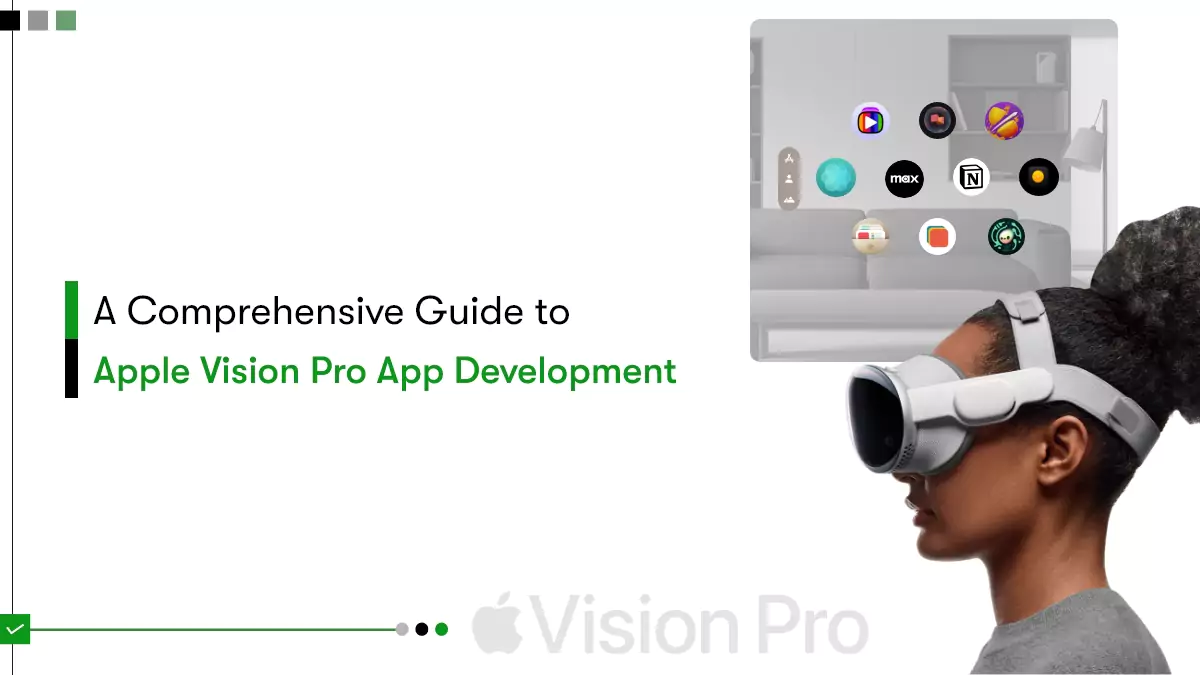
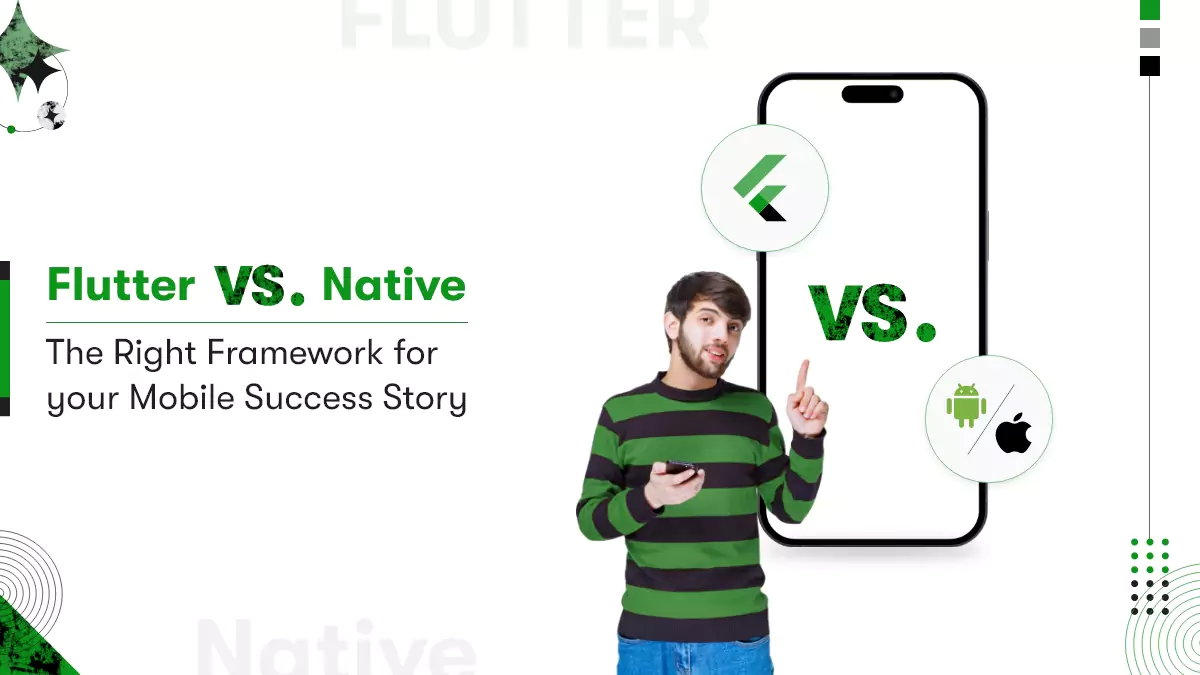






 Contact Information
Contact Information